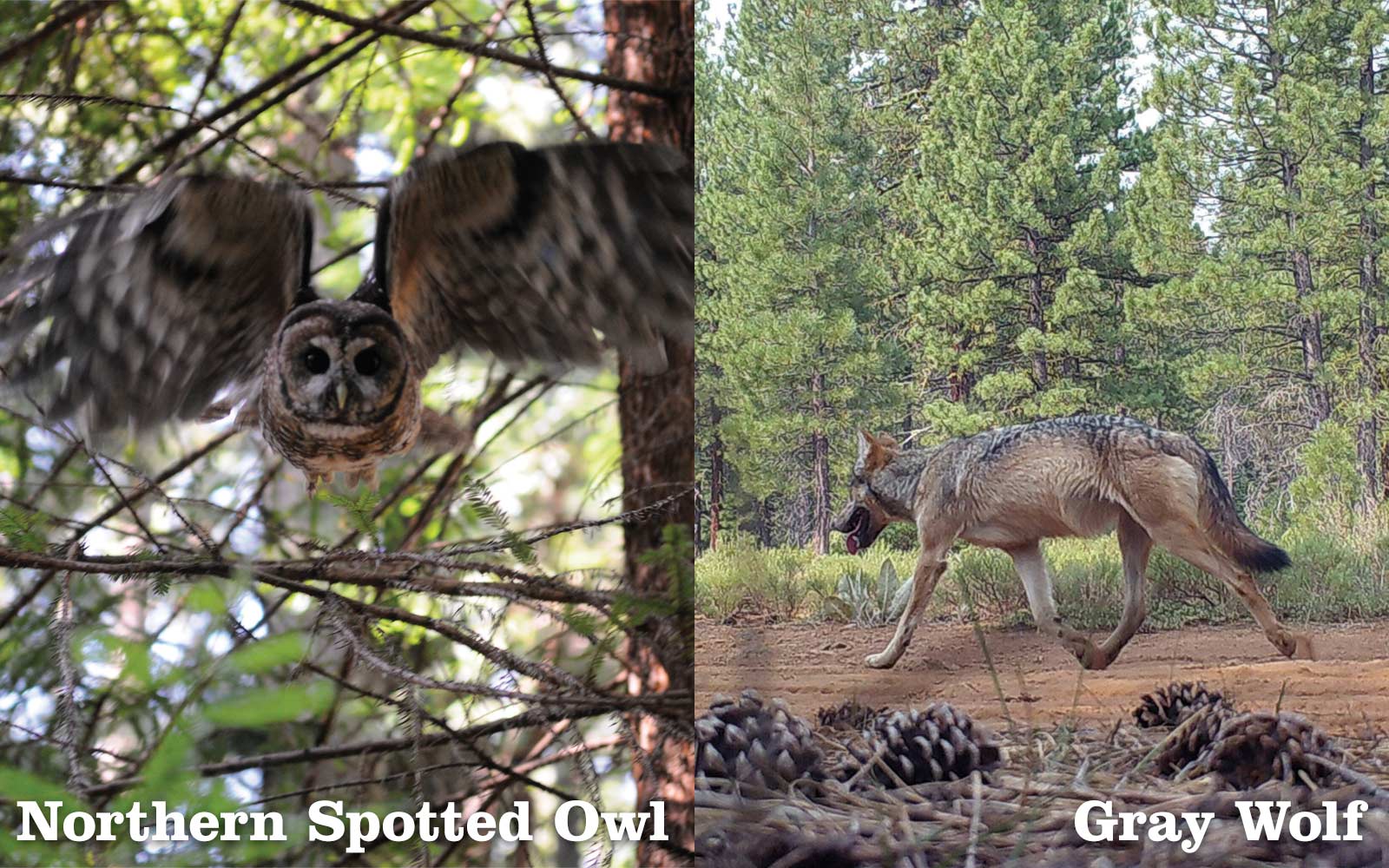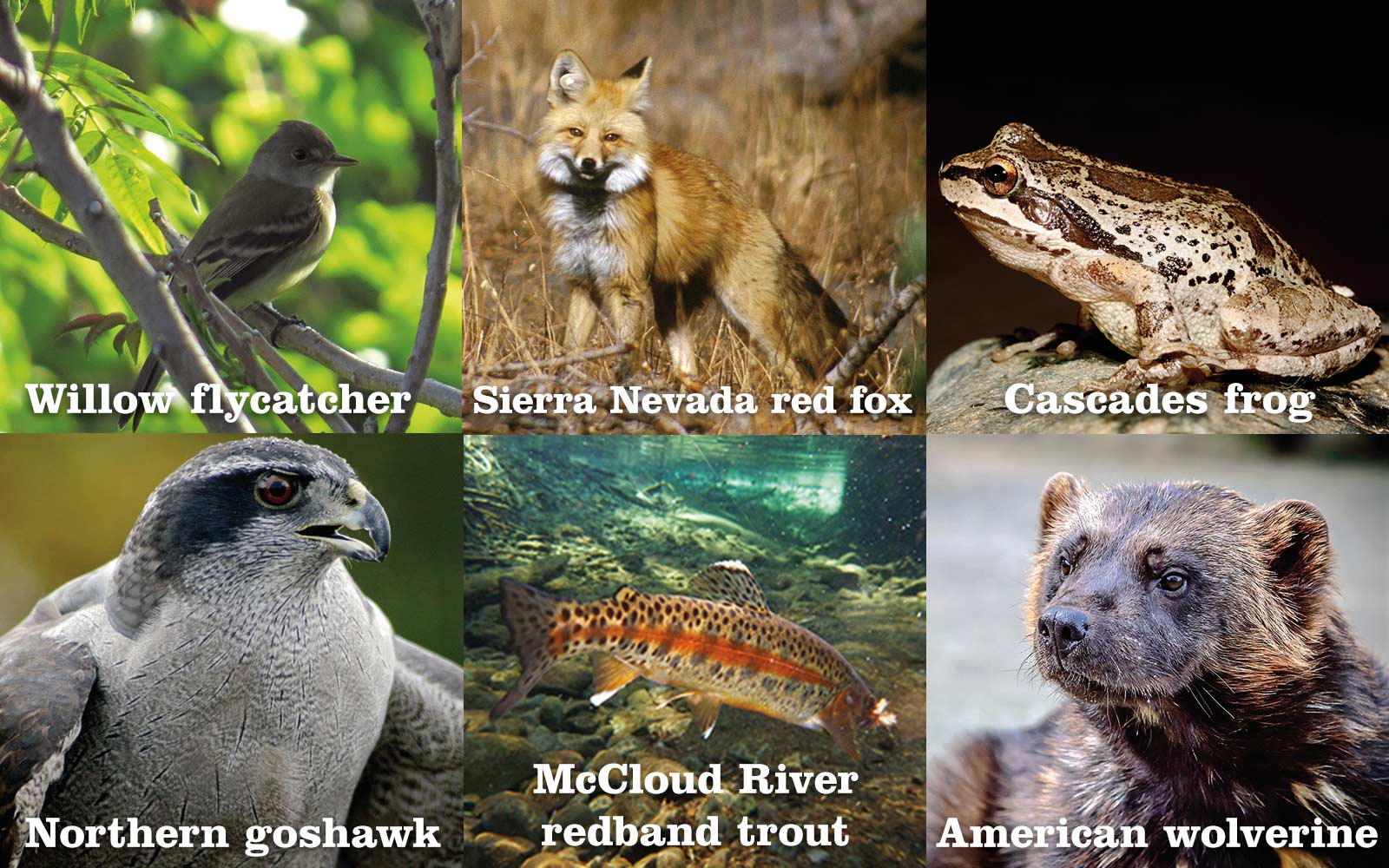
Summer 2019 ForestLife
Rewarding landowners for doing the right thing
Working forest conservation easements work in synergy with Safe Harbor Agreements to save wildlife, working lands, and family stewardship
PFT wants landowners to be rewarded for managing their land for public trust values, and not solely for the traditional market values of timber or development. PFT’s working forest conservation easements (WFCEs) help landowners do both; our easements ensure their land continues to be a productive source of income, protected from conversion to other uses, while also being managed for endangered wildlife, cleaner water, or climate benefits.
Sometimes, though, laws passed with good intent, such as the Endangered Species Act (ESA), are written in a way that unintentionally discourages landowners from managing for the habitats that many vulnerable species need. How can these two potentially at odds tools be reconciled? By using such easements as the basis for a Safe Harbor Agreement (SHA) that enables landowners to continue managing their land responsibly when endangered species do show up in those habitats! PFT successfully pioneered this approach on the van Eck Forest in Humboldt County, CA, where a conservation easement was used as the basis for a 99-year SHA—the maximum term—ensuring that sustainable timber operations on the land will continue along with long-term habitat restoration.
The Hart family has owned and managed Butte Creek Ranch for more than 150 years. They chose to conserve their land with PFT in 2015, helping ensure that the land would be well-managed as part of a larger landscape with important ecological, economic, and human benefits (see “Sustainability with Heart” in the Spring 2014 issue of ForestLife).
The Harts’ responsible stewardship pays dividends for wildlife. In 2015, wolves came back to the area for the first time in years, and their ranch includes habitat that is suitable for Northern Spotted Owls—though none have been spotted as yet—and they host Sandhill Cranes, among other vulnerable species. To have a degree of regulatory certainty, the Harts pursued the approach that PFT demonstrated in the van Eck Forest in California, pairing their easement with a Safe Harbor Agreement.
When rare, threatened, or endangered species show up after wildlife habitat is restored, that is a success, and it should not pose a threat to landowners’ stewardship. Under a SHA, the landowner who is managing for desired species habitats is allowed to continue that management even after endangered species occupy it. “With a Safe Harbor Agreement, the agencies like USFWS and CDFW buy into the way we’re going to manage the property,” notes Susan Hart, one of the owners of Butte Creek Ranch. “On the off chance that you have some management activity that causes the loss of a protected species, you have an incidental take permit to protect you from being restricted under the ESA/CESA.” Having a SHA for a long period of time—often 50 years or more—allows the landowners to continue the good management activities embodied in their WFCE. That’s good for the landowners, wildlife, and all of us.

The Safe Harbor Agreement at Butte Creek Ranch encourages the Hart family to continue to improve habitat for Northern Spotted Owls and Gray Wolves.
Other species that may be found at Butte Creek include:

PFT President Laurie Wayburn describes Safe Harbor Agreements in combination with WFCEs as “a triple win.” She explains, “Wildlife wins, because their habitat is enhanced and conserved. Landowners win, because they can manage their forests to encourage biodiversity without fear that doing so will cripple their operations if they’re too successful in voluntarily attracting wildlife. The public, state and federal regulators win because this cooperative approach helps meet their goals of permanently preserving threatened species and their habitat.”
“The SHA provides regulatory assurances and protection if you do what you say you’re going to do,” notes Hart. “It also provides property owners a terrific opportunity to interface with scientists and experts to provide peer-vetted scientific input as to how the management is to occur.”
Safe Harbor Agreements provide protection for landowners, wildlife, and other resources, a result that the Harts—and PFT—would like to see replicated. Says Hart, “We would love to see more landowners take this approach of open-door problem solving, from the Cascades to the Sierras.”
More in this Issue of ForestLife
- President’s Letter
- Black Butte: Investing in forests for a healthy climate
- Climate change isn’t “on the way.” It’s already here.
- Forests’ vital role the focus at Forest Fete
- A new model for water security in the face of climate change
- Donor Profile: Ivan Samuels
- PFT announces the Springs for Life ForestWater Alliance
- Back to the land at Green Gorge
- Rewarding landowners for doing the right thing
